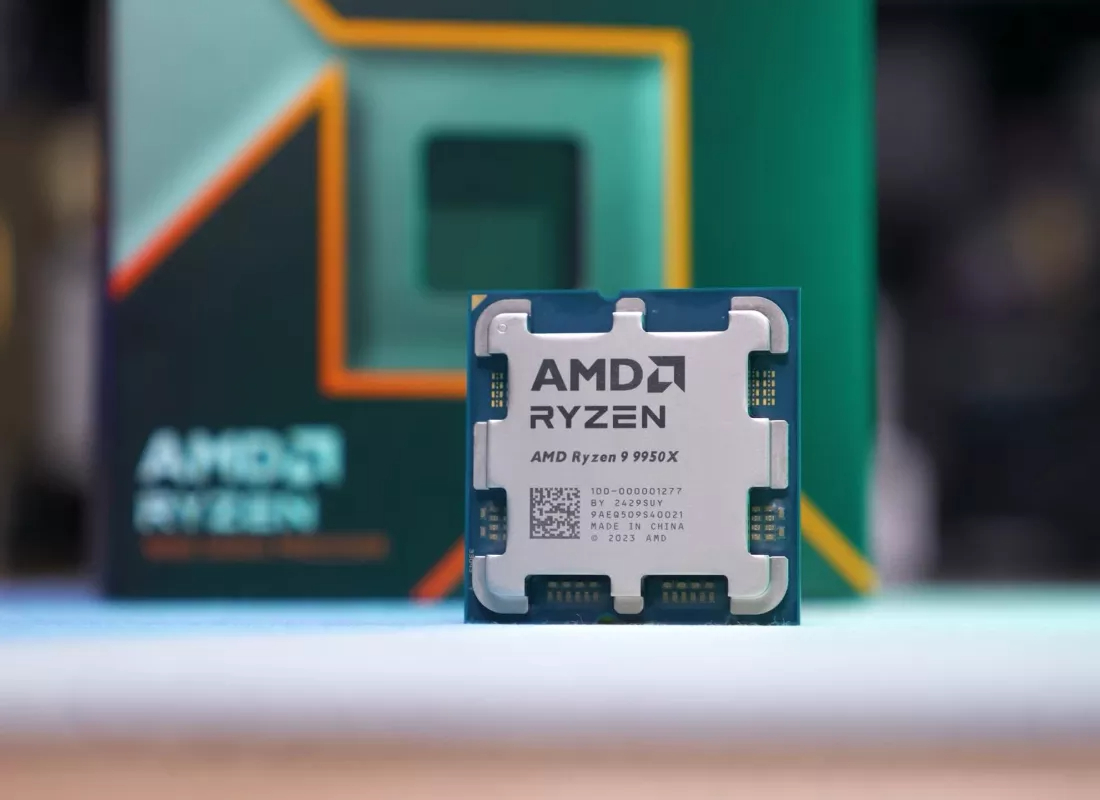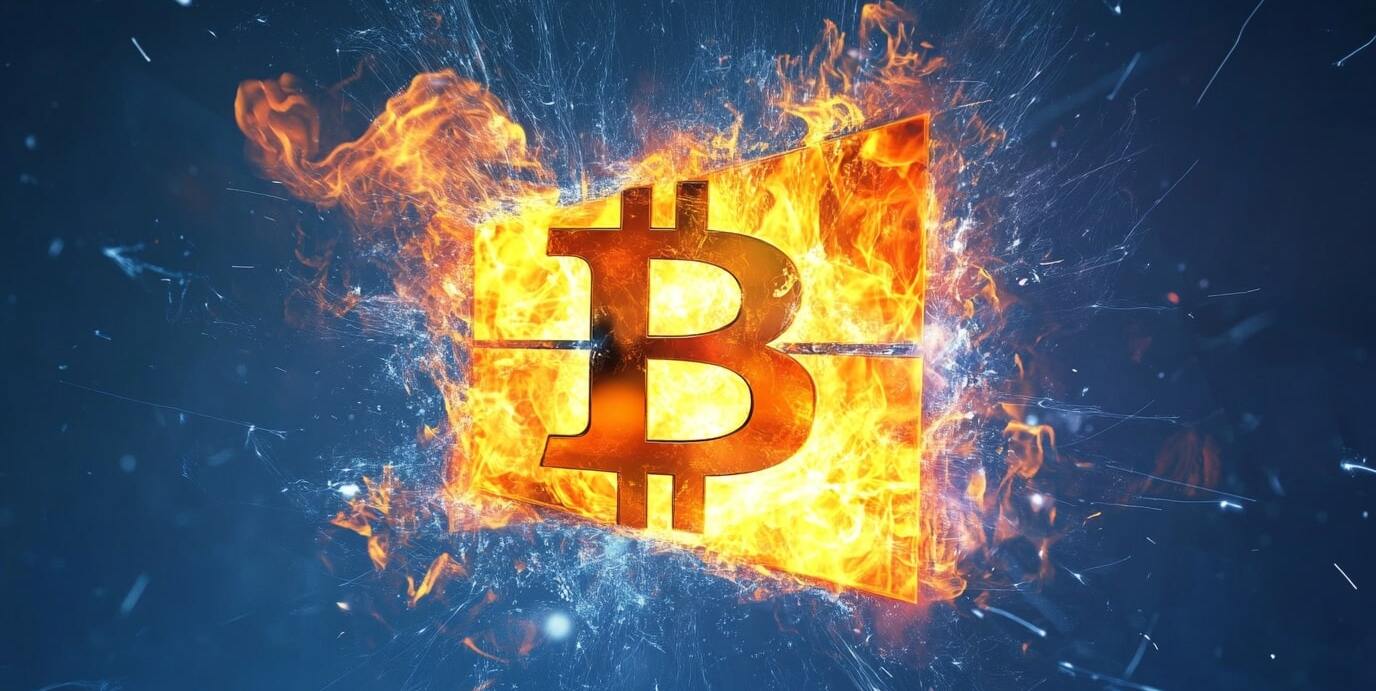What Happened to Intel and Why It’s Now a Buy
For much of the last five years, Intel’s challenges have been emblematic of an industry shift. Once dominant, the company’s reliance on CPUs faltered as the industry pivoted to GPUs, crucial for AI workloads. Between 2020 and 2024, NVIDIA’s market capitalization surged past Intel’s, and even AMD’s valuation eclipsed Intel, signaling a stark change in industry dynamics. Compounding this was Intel’s delayed adoption of High-NA EUV lithography, putting it behind Taiwan Semiconductor Manufacturing Company (TSMC) in manufacturing advanced nodes. Pat Gelsinger’s tenure as CEO was marked by ambitious yet faltering plans, including the IDM 2.0 strategy, which sought to restore Intel’s manufacturing dominance and expand its foundry business. These efforts proved costly and time-intensive, contributing to a net loss of $16.6 billion in Q3 2024.
However, the announcement of Gelsinger’s abrupt retirement in December 2024 marked a pivotal moment. His departure, coupled with interim leadership from CFO David Zinsner and Michelle Johnston Holthaus, signaled a reset for Intel. With new leadership potentially more amenable to restructuring and breaking off non-core segments, the company could unlock significant value for shareholders. The establishment of Intel Foundry as an independent subsidiary, bolstered by $7.86 billion in federal funding, positions the company to capitalize on the U.S. government’s push for domestic semiconductor manufacturing. Intel’s strategic shift, combined with its discounted valuation—trading at just 0.87x book value—makes it an attractive buy for investors seeking exposure to a potential recovery.
Q3 2024 Earnings: Deep Losses But Strategic Restructuring
Intel’s Q3 2024 earnings laid bare the company’s struggles but also highlighted its efforts to pivot. Revenue fell 6.2% year-over-year to $13.28 billion, driven by declines in the Client Computing Group (CCG), which still accounts for 55.2% of total sales. Data Center and AI (DCAI) revenue increased 8.9% year-over-year to $3.35 billion, but this growth was offset by declining profitability, with operating income falling 11.3% to $347 million.
The Network and Edge (NEX) segment was a bright spot, with revenue growing 4.2% year-over-year to $1.51 billion and operating income jumping to $268 million, up from $100 million a year earlier. However, the Intel Foundry Services (IFS) segment reported an 8% revenue decline to $4.35 billion, with operating losses ballooning to $5.84 billion, underscoring the challenges in ramping up a nascent business.
Intel’s $18.5 billion in restructuring and impairment charges reflect the scale of its transformation. These charges stemmed from cost-cutting measures, including a 15% reduction in workforce and a 20% cut to capital expenditures. While these actions weighed on short-term financials, they lay the groundwork for a leaner, more focused Intel. Management remains optimistic about long-term improvements, projecting gross margin recovery to 60% and positive adjusted free cash flow by 2026.
AI and the GPU Opportunity: Intel’s Arc Battlemage and Beyond
Intel’s reentry into the GPU market represents a critical growth avenue. The December 2024 launch of its Arc Battlemage GPUs positions the company to capture a slice of the consumer and gaming markets currently dominated by NVIDIA and AMD. With competitive specifications, including 20% lower power consumption and up to 50% higher capacity compared to peers, Arc Battlemage could help Intel regain relevance in this crucial segment.
Additionally, Intel’s investment in High-NA EUV lithography positions it to compete in advanced semiconductor manufacturing. The company’s forthcoming Ohio facility, supported by the CHIPS Act, will enable production of 2nm nodes, critical for future AI and HPC workloads. Intel’s roadmap includes the Meteor Lake and Lunar Lake architectures, which leverage chiplet design and advanced packaging to deliver improved performance-per-watt, making them suitable for AI PCs and data centers.
2025: PC Market Recovery and New Horizons
Intel’s fortunes are closely tied to the PC market, which has experienced a multi-year slump. However, 2025 presents a unique catalyst: the End of Life (EOL) for Microsoft Windows 10 in October 2025. This event is expected to drive a PC refresh cycle as enterprises and consumers upgrade to Windows 12-compatible devices. Intel’s Lunar Lake processors, designed for AI-optimized PCs, are well-positioned to capitalize on this demand, especially as average DRAM requirements for AI PCs increase to 16-64GB from 12GB last year.
Additionally, a more favorable interest rate environment could spur enterprise investments, further supporting PC TAM expansion. Coupled with the adoption of AI PCs and broader economic recovery, Intel’s CCG segment could rebound, stabilizing its largest revenue driver.
Valuation and Wall Street Sentiment
At a current market capitalization of $103 billion, Intel trades at a steep discount to its intrinsic value. Its forward P/E ratio of 11.2x and EV/EBITDA of 6.7x underscore its undervaluation relative to peers. By comparison, AMD trades at 43.5x forward earnings, while NVIDIA’s multiple exceeds 80x. Intel’s gross margin of 42% remains below its historical average of 60%, providing room for improvement as cost-saving measures and operational efficiencies take hold.
Wall Street remains cautious, with only four of 46 analysts issuing buy ratings. However, the median price target of $25 implies modest upside, while the most bullish estimates project a return to $30—a 25% gain from current levels. Intel’s undervaluation, coupled with potential tailwinds from restructuring and AI-driven growth, offers compelling risk-reward for investors willing to bet on its recovery.
Why INTC Is a Buy
Intel is no longer the semiconductor giant it once was, but its efforts to adapt to an evolving industry are gaining traction. The departure of Pat Gelsinger, coupled with strategic restructuring, signals a new chapter for the company. Intel’s discounted valuation, innovative product roadmap, and tailwinds from the CHIPS Act and AI demand create a unique opportunity for investors seeking undervalued growth plays. While challenges remain, the potential for margin recovery, PC market expansion, and success in the GPU and AI segments make NASDAQ:INTC a buy for those with a mid- to long-term investment horizon.
That's TradingnNEWS














